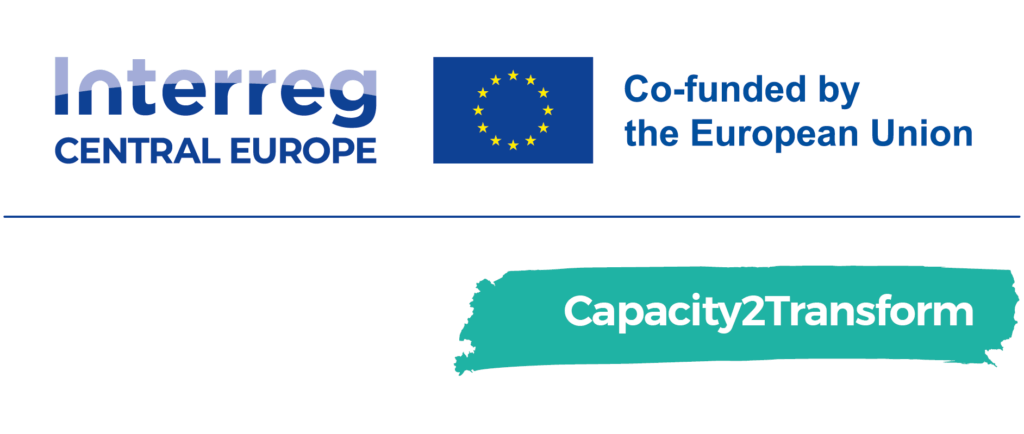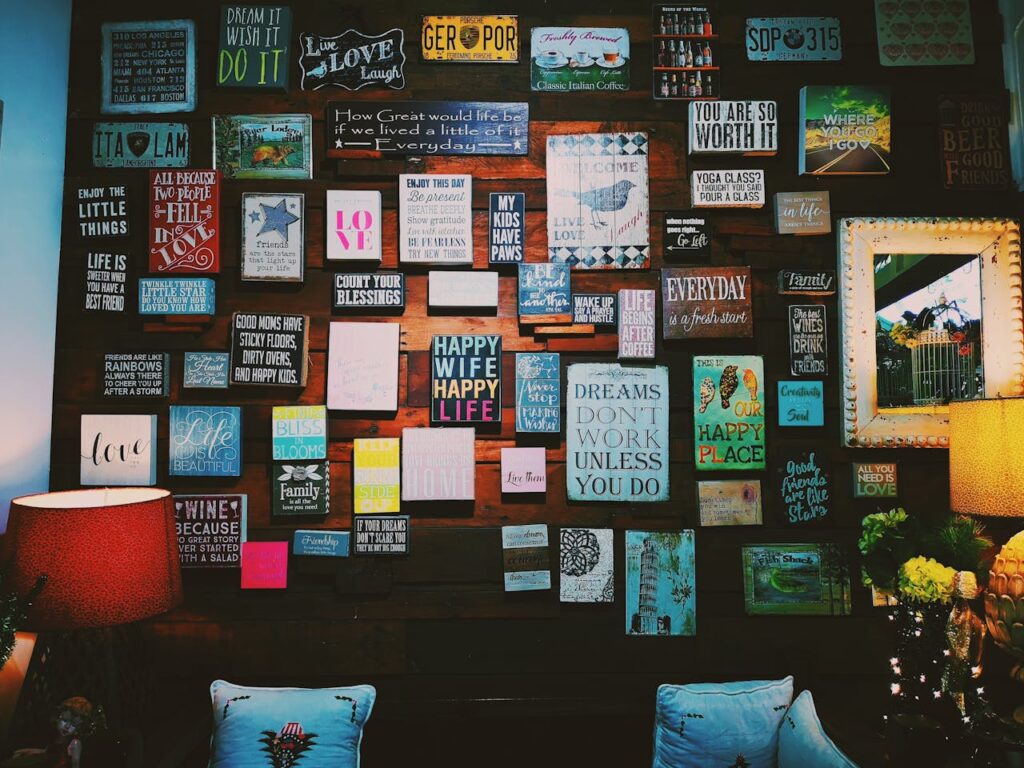In today’s business environment, collaboration, creativity, and adaptability have become crucial for success in ever-changing market conditions. From this need arises the concept of co-creation – a process of jointly creating value between a company and various stakeholders such as users, partners, communities, and creatives.
Co-creation is not merely a business tool; it is a mindset and philosophy where value is generated through dialogue, feedback, and shared efforts. Within this process, the creative professional plays a strategic and essential role – not only in contributing visually but in understanding user needs, encouraging innovation, and connecting diverse perspectives into meaningful solutions.
Creatives naturally challenge conventional ways of thinking and seek new approaches. They think divergently – not looking for one correct solution but exploring multiple possibilities. In doing so, they help teams and organizations break out of predictable patterns and take bold steps toward innovation. Their ability to visualize, shape, and communicate complex ideas makes them invaluable in developing products, services, and business models that genuinely respond to user needs. Creatives serve as a bridge between business logic and human experience – combining what is technically feasible with what is emotionally and practically relevant to users.
The creative’s role becomes especially powerful in teams focused on innovation, brand development, or customer experience design. Their input ensures that business decisions are not only efficient but also more meaningful, human-centered, and engaging. A creative doesn’t think only about how something looks but also about how it functions, how it feels, and what story or value it delivers to people. Their contribution is not decorative – it is structural and strategic. They influence how decisions are made, how products are designed, and how relationships with customers are built.
Co-creation enables companies to better understand and respond to real customer needs. Instead of guessing what the market wants, businesses that embrace co-creation involve users directly in the creation process – through workshops, testing, feedback sessions, and collaborative development. This approach lowers the risk of market failure, shortens development time, increases relevance, and builds customer loyalty by making users feel part of the journey. In this partnership, the creative plays a key role by listening actively, translating insights into actionable ideas, and guiding the process from concept to outcome.
In an era where adaptability, authenticity, and innovation are key to business success, co-creation and creativity are no longer optional – they are essential. Companies that recognize the value of creatives and embrace collaborative approaches become not only more competitive but also more sustainable in the long term. In such settings, the creative is not merely a contributor but a co-author of the company’s vision – using knowledge, intuition, and empathy to shape products and services that make a real impact. Co-creation thus becomes more than a working method – it becomes a way of thinking where value is built through collective effort, not individual control.
Share the article

